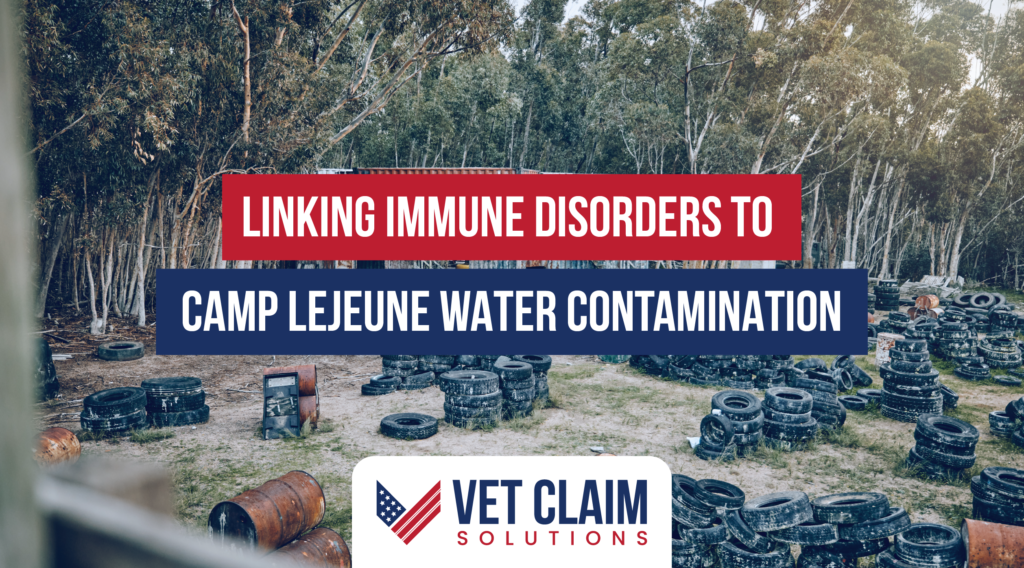Imagine discovering that the very place meant to safeguard your well-being was silently compromising it. This is the stark reality for many who lived or worked at Marine Corps Base Camp Lejeune in North Carolina, where water contamination has left a lasting impact on health, particularly concerning immune disorders and Camp Lejeune water contamination. By diving into this article, you’ll uncover how toxic exposure led to a range of immune-related illnesses among veterans and their families. We’ll walk through the origins of this crisis, pinpointing specific autoimmune diseases linked to the contaminated drinking water. Additionally, we map out the paths open for pursuing reparation and redress in the courts. Finally, we delve into secondary health conditions stemming from these immune disorders—painting a full picture of the aftermath faced by those exposed.
Overview of Camp Lejeune Water Contamination

At Camp Lejeune, a military stronghold in North Carolina, the narrative of water pollution unfolds as both a stark warning and an unsettling revelation. Spanning over three decades from 1953 to 1987, the saga unfolds with the discovery that Marines and their families were drinking water tainted with more than 70 toxic chemicals.
What Caused Water Contamination at Camp Lejeune?
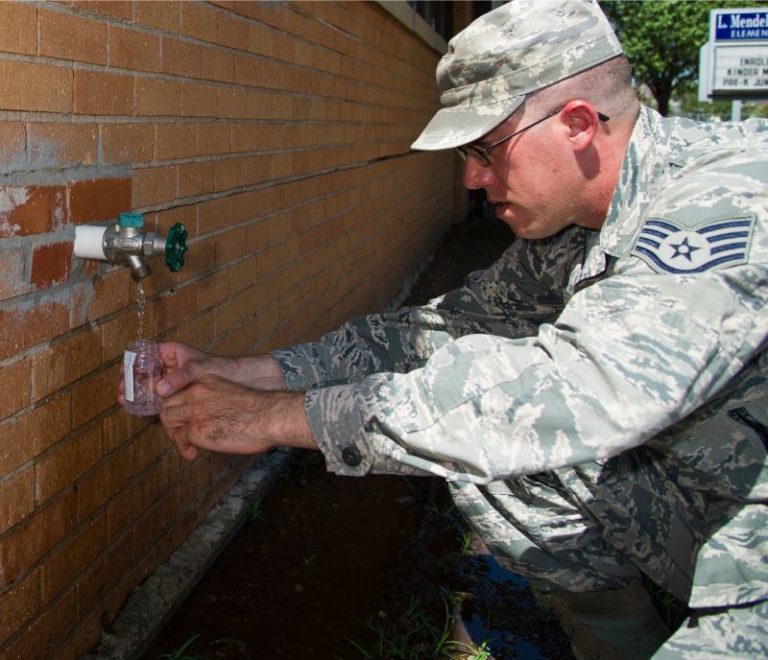
Nearby facilities’ improper disposal practices played a significant role in this environmental catastrophe. It wasn’t just any spill or leak; it was negligence on an industrial scale that allowed volatile organic compounds (VOCs) to seep into the groundwater. In a twist of fate, the faucets at Camp Lejeune became accidental purveyors of danger, doling out harmful substances with every turn.
The magnitude of this issue came to light when investigations revealed that these weren’t isolated incidents but rather part of a pervasive problem affecting multiple water sources across the base. For those posted at Camp Lejeune during that era, the consequences on their well-being were deep and widespread, necessitating immediate intervention from diverse parties involved.
Identifying Toxic Substances Found in the Water


Delving into the specifics, researchers pinpointed not only benzene but also trichloroethylene as key culprits amongst a slew of detrimental agents tainting Camp Lejeune’s water supply. These aren’t everyday pollutants; they’re known carcinogens capable of wreaking havoc on human health even at low exposure levels.
This chemical cocktail didn’t discriminate by age or occupation – everyone using Camp Lejeune’s water supply was vulnerable. Benzene is notorious for its link to blood disorders while trichloroethylene has been connected with several types of cancer including liver cancer and non-Hodgkin’s lymphoma—a stark reminder why we must vigilantly protect our most essential resource: clean drinking water.
Immune Disorders Linked to Camp Lejeune Exposure
If you served or lived at Marine Corps Base Camp Lejeune between August 1, 1953, and December 31, 1987, you might have heard about the toxic water saga. But here’s a twist: it’s not just a tale of environmental misstep; it’s a deep dive into how this exposure is tied to immune disorders among veterans and their families.
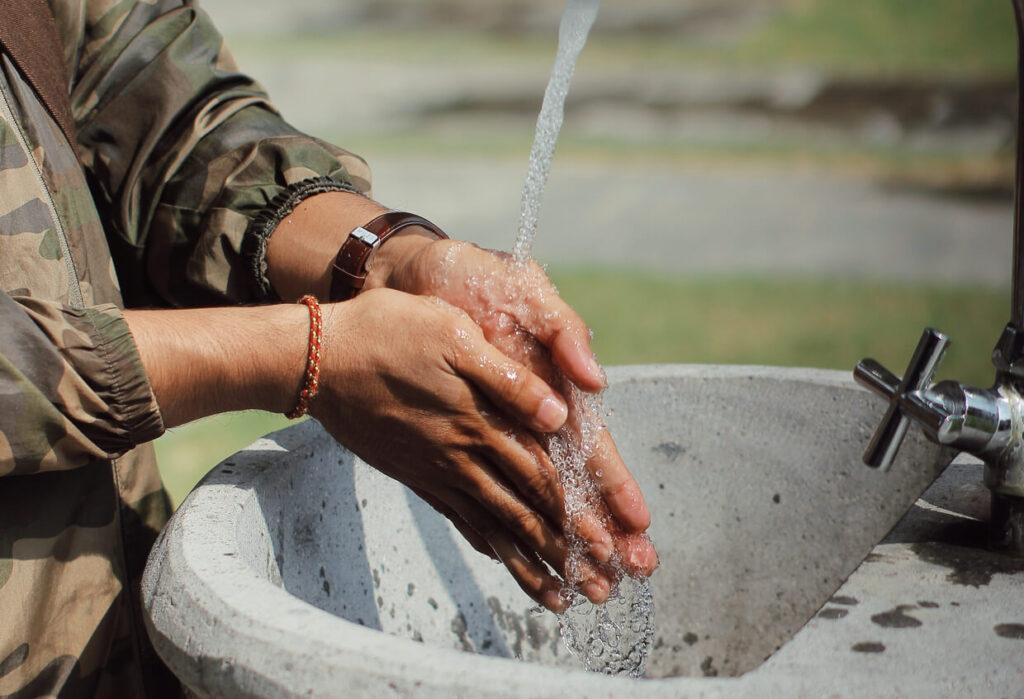
Autoimmune Diseases Prevalent Among Veterans
The waters of Camp Lejeune were laced with more than just promises of liberty and camaraderie. They harbored silent assailants like benzene and trichloroethylene – villains in our story that led to an increased occurrence of autoimmune diseases among those who called the base home. Studies reveal that these substances can trigger the body’s defense system to go haywire, mistaking its cells for foreign invaders.

This isn’t your run-of-the-mill conspiracy theory; we’re talking hard science linking trichloroethylene found in Camp Lejeune drinking water with autoimmunity issues where the body attacks itself instead of protecting against infections as intended. Imagine being betrayed by your own troops – that’s what happens in autoimmune diseases such as rheumatoid arthritis or multiple sclerosis amongst others.
For numerous ex-inhabitants of Camp Lejeune, the repercussions have been deeply impactful. Not only do they battle health complications but also navigate through red tape trying to get recognition and compensation for their conditions under laws like The PACT Act which allows affected individuals exposed for at least 30 days some solace through federal action.
Filing Claims with Navy’s Tort Claims Unit (TCU)
Navigating legal channels may seem akin to trekking across minefields blindfolded but understanding how filing claims works could be your compass out there. Initiating claims involves presenting evidence that directly connects one’s service at Camp Lejeune during specified periods with diagnosed immune disorders today.

A crucial step is undergoing a Compensation and Pension Exam which assesses whether these health woes are indeed relics from past exposures rather than coincidental ailments sprung up unrelatedly over time—a discernment vital in swinging decisions on compensations pendulum towards favoring plaintiffs seeking justice against odds stacked high by bureaucratic inertia typical within vast government machinery operations managing veteran affairs nationwide today.
Ultimately, this transcends mere academic exercises buried in ancient records or overlooked corners of memory. It’s about the living, breathing testimonies of resilience and the fight that continues decades after wars are supposed to have ended. It’s crucial we work towards ensuring that this legacy is not tarnished by indifference or neglect but restored with the dignity and acknowledgment it has always deserved. Embarking on this journey of mending and making amends paves the way for us to soothe old wounds, allowing us to bid farewell to the specters that have lingered in many households through the ages. With this approach, tomorrow looks brighter and more hopeful—a day where yesterday is remembered for its lessons learned so they’re never repeated as our future unfolds with promise.
Key Takeaway:
Exposed to Camp Lejeune’s toxic water? You’re not alone. Studies link it to autoimmune diseases in veterans and their families, highlighting a battle with health and bureaucracy for recognition and compensation. It’s more than history; it’s about fighting for justice and ensuring this legacy leads to healing.
Legal Actions and Compensation for Affected Individuals
Filing Claims with Navy’s Tort Claims Unit (TCU)
If you’ve been affected by the toxic water at Camp Lejeune, knowing how to navigate the compensation landscape is crucial. First up, let’s talk about taking your claim to the Navy’s Tort Claims Unit (TCU). This step should be your initial move before jumping into litigation. It sounds daunting but think of it as knocking on the first door towards getting what you’re owed.
Embarking on this journey requires meticulousness and a keen eye, far from being a leisurely stroll. You’ll need to gather all evidence linking your health issues directly to Camp Lejeune’s contaminated water exposure. This might include medical records, service history proving you or a family member were stationed there during the specified dates, and any relevant diagnoses related to immune disorders or other conditions caused by toxic substances like benzene or vinyl chloride found in drinking water.

A vital piece of legislation supporting these claims is The PACT Act which states that individuals exposed for at least 30 days can seek compensation through federal action. You can dive deeper into the details of Camp Lejeune’s tainted water crisis and its consequences by visiting the ATSDR’s online portal.
What To Expect During Your Compensation and Pension Exam

For many veterans, stepping into a Compensation and Pension Exam feels like going behind enemy lines without an exit strategy – intimidating yet essential for mission success. Here’s where we demystify what looks like uncharted territory: expect thorough assessments aimed at determining if your condition(s) are indeed linked back to service time spent swimming in those treacherous waters of Camp Lejeune.
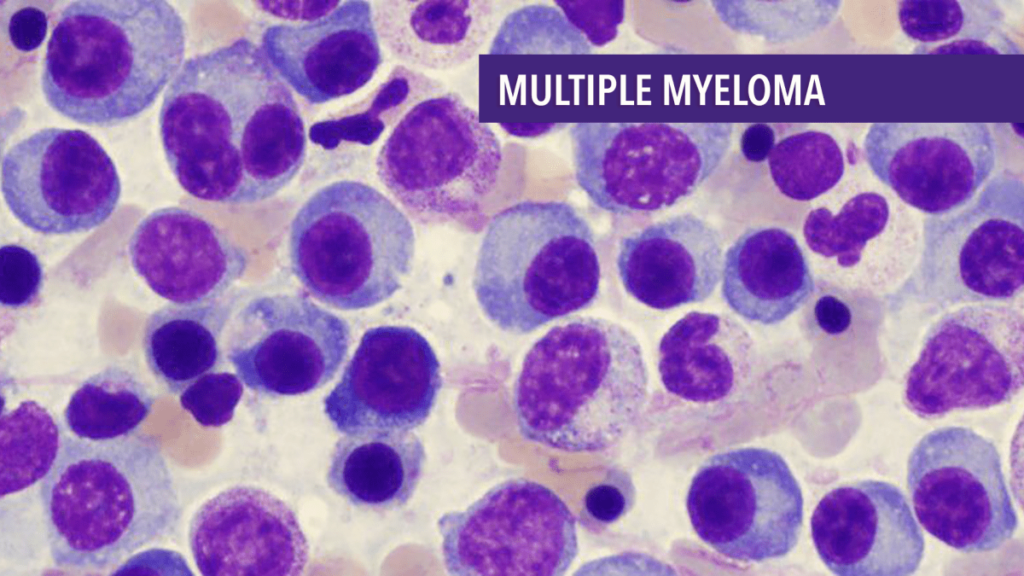
This exam could range from reviewing symptoms related to autoimmune diseases prevalent among veterans such as rheumatoid arthritis or more severe cases like multiple myeloma due directly from trichloroethylene exposure—a common contaminant found within base camp Lejeune wells—downright disturbing but true.
To armor up properly for this encounter, make sure every symptom experienced has been documented over time because when it comes down brass tacks? Proof is king—or queen—in laying rightful claim over deserved compensations. Don’t forget bringing along any previous lab tests showing elevated levels specific markers indicating potential liver cancer hepatic steatosis amongst others derived harmful chemicals discovered within corps base camp Lejeune tap supply—information potentially turning tide favor ensuring justice served victims’ families alike.
Key Takeaway:
Start with the Navy’s Tort Claims Unit to claim compensation for health issues from Camp Lejeune’s toxic water. Gather evidence, use The PACT Act, and prep for your exam by documenting symptoms and tests linked to exposure.
Secondary Health Conditions from Immune Disorders Due to Toxic Exposure
Veterans and their families exposed to the toxic water at Camp Lejeune have faced a slew of health challenges. Among these, immune disorders stand out for their ability to open the floodgates to several secondary health conditions.
Bladder Cancer: A Frightening Outcome

The link between immune disorders and bladder cancer in veterans can’t be ignored. It’s like when your body’s defense system gets compromised, illnesses such as bladder cancer sneak in unnoticed. Victims who drank or were otherwise exposed to Camp Lejeune’s contaminated water may find themselves battling this life-threatening condition because of weakened immunity.
This isn’t just speculation; studies show that individuals suffering from autoimmune diseases are at an increased risk for developing cancers like bladder cancer due to chronic inflammation and other factors related directly back to impaired immune function.
Kidney Cancer: Another Stealthy Invader
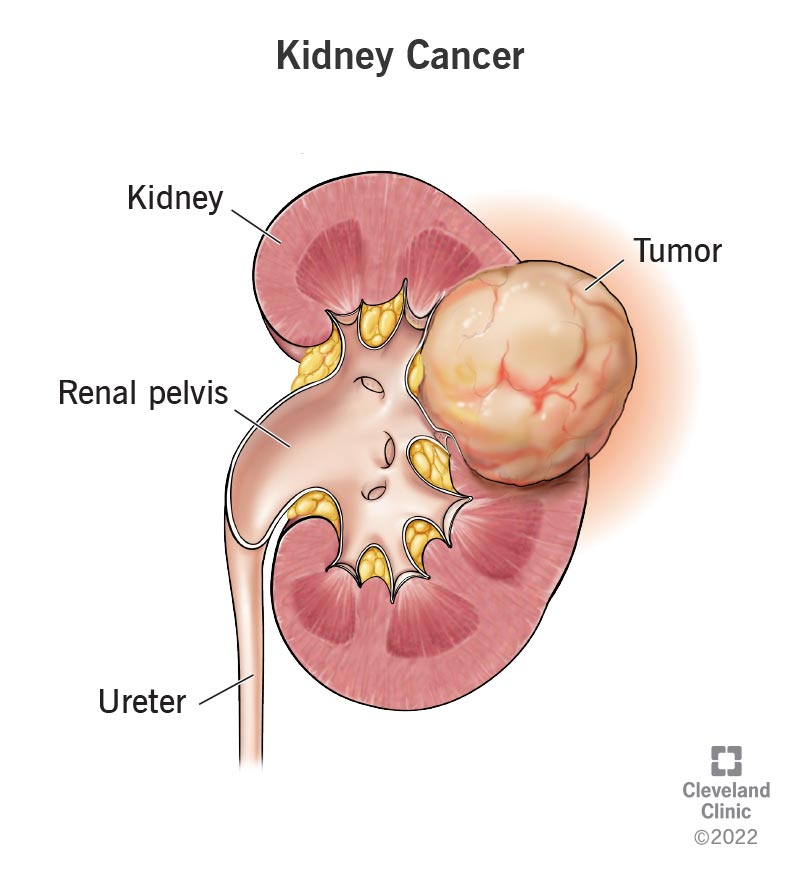
Kidney cancer is another stealth enemy that takes advantage of a compromised immune system among those affected by Camp Lejeune’s toxic exposure. When your body should be fighting off invaders, it instead becomes fertile ground for kidney cancer cells to grow unchallenged.
The mechanics behind this are complex but boil down essentially too many components working together – including environmental toxins triggering changes within our bodies which then lay the groundwork not only primary disease development but also allow opportunistic secondary conditions such as kidney cancer emerge over time after initial exposure has occurred decades ago now seeming even more sinister than ever before imagined possible back then.
Navigating Legal Waters for Compensation

Fighting against invisible enemies like autoimmune disorders and their dreadful companions—bladder and kidney cancers—is daunting enough without having to navigate through murky legal waters alone seeking compensation relief efforts available under new laws enacted specifically designed to help victims impacted by military base contamination incidents across the country including notably infamous case involving Marines stationed in North Carolina during the mid-20th century period known today simply as Camp LeJeune. But fear not. Assistance exists from various organizations dedicated to helping service members past and present alike understand options regarding filing claims with the Navy’s Tort Claims Unit (TCU) prior to considering litigation routes if necessary depending on individual circumstances involved in each particular situation encountered along the way to recovery, both physically and financially. So let us guide you towards a brighter future ahead, regardless of how dark things might seem at the moment. Trust us – we’ve got your back every step of the way, aiming for success that resonates through history.
Key Takeaway:
Veterans hit by Camp Lejeune’s toxic water face tough health battles, like immune disorders sparking serious conditions including bladder and kidney cancers. But, there’s help navigating the legal maze for compensation. Don’t go it alone; support is here to guide you towards recovery.
Medical Benefits for Veterans and Families
The waters at Camp Lejeune, steeped in a history of contamination, have left an indelible mark on the health of many veterans and their families. Recognizing this, the VA has stepped up to offer medical benefits that cover healthcare costs stemming from exposure to these toxic conditions.

Details on Healthcare Benefits Provided by VA
Veterans and family members who endured the tainted embrace of Camp Lejeune’s water between August 1, 1953, and December 31, 1987, are now eligible for certain healthcare reimbursements. Eligibility now encompasses a broad spectrum of interventions designed to alleviate the enduring impacts from hazardous exposure, including services targeting long-term complications stemming from substances like benzene and trichloroethylene in Camp Lejeune’s water supply. From regular check-ups to more specialized treatments necessary due to immune disorders linked with Camp Lejeune water contamination—the spectrum is broad.
To navigate these waters smoothly, calculating your potential VA disability compensation could be your first step towards understanding what financial assistance you might expect.

Filing Claims for Healthcare Costs Reimbursement
If there’s one thing more daunting than battling health issues—it’s paperwork. But here’s some good news: Filing claims doesn’t have to feel like navigating through murky waters. The process involves providing documentation that proves your presence at Marine Corps Base Camp Lejeune during the specified period along with medical records linking your condition(s) directly or secondarily (think kidney cancer as a fallout from liver disease) to contaminated water exposure.
Beyond individual claims, seeking expert advice can simplify steps further while maximizing claim potential—a smart move considering over 70 toxic chemicals were identified in those notorious wells affecting countless lives.

Navigating Legal Avenues for Compensation Beyond Medical Bills
The road toward justice isn’t limited solely within VA corridors; legal pathways also exist outside its bounds—specifically through Navy’s Tort Claims Unit (TCU). For many affected individuals looking beyond mere medical expense coverage—like personal injury settlements or other compensations—the TCU represents another viable avenue worth exploring.
Coupled with provisions under recent legislation such as The PACT Act allowing exposed individuals—at least 30 days—to seek federal action means avenues are widening but come paired with intricate navigation requirements hence consulting legal expertise early can prove beneficial.
Leveraging law resources effectively ensures no stone is left unturned whether pursuing direct service connections or delving into secondary conditions springing from autoimmune diseases triggered by years spent near Camp Lejeune water wells laden with volatile organic compounds.
In summing up our journey across various landscapes, it’s clear that we’ve covered a lot of ground together. Journeying from serene landscapes to lively urban centers, every location bestowed upon us its distinct wisdom and unforgettable moments. Our hearts are full of gratitude for all the experiences we’ve had, and we’re buzzing with excitement about where our next adventures will lead us.
Key Takeaway:
Veterans and their families hit by Camp Lejeune’s toxic water can get healthcare costs covered. Just prove you were there between 1953-1987 and link your health issues to the contamination. Filing claims gets easier with expert advice, plus exploring legal routes for extra compensation might be worth it.
Conclusion
By now, you know the water at Camp Lejeune wasn’t just wet; it was dangerous. Our exploration into the nexus of immune maladies and the tainted waters of Camp Lejeune unveils the profound repercussions endured by veterans and their kin.
Key takeaways? The toxic substances like benzene were real villains. They didn’t just sit there; they waged war on bodies, leading to autoimmune diseases that still haunt victims today.
Fight for justice starts with knowledge. You learned about legal paths to compensation because nobody should face this battle alone.
Last but not least, remember those secondary health conditions? They’re a reminder: what happened at Camp Lejeune affects more than just the immune system.
So let’s stand informed and ready to support our veterans in every way we can. Because understanding is the first step toward healing.


